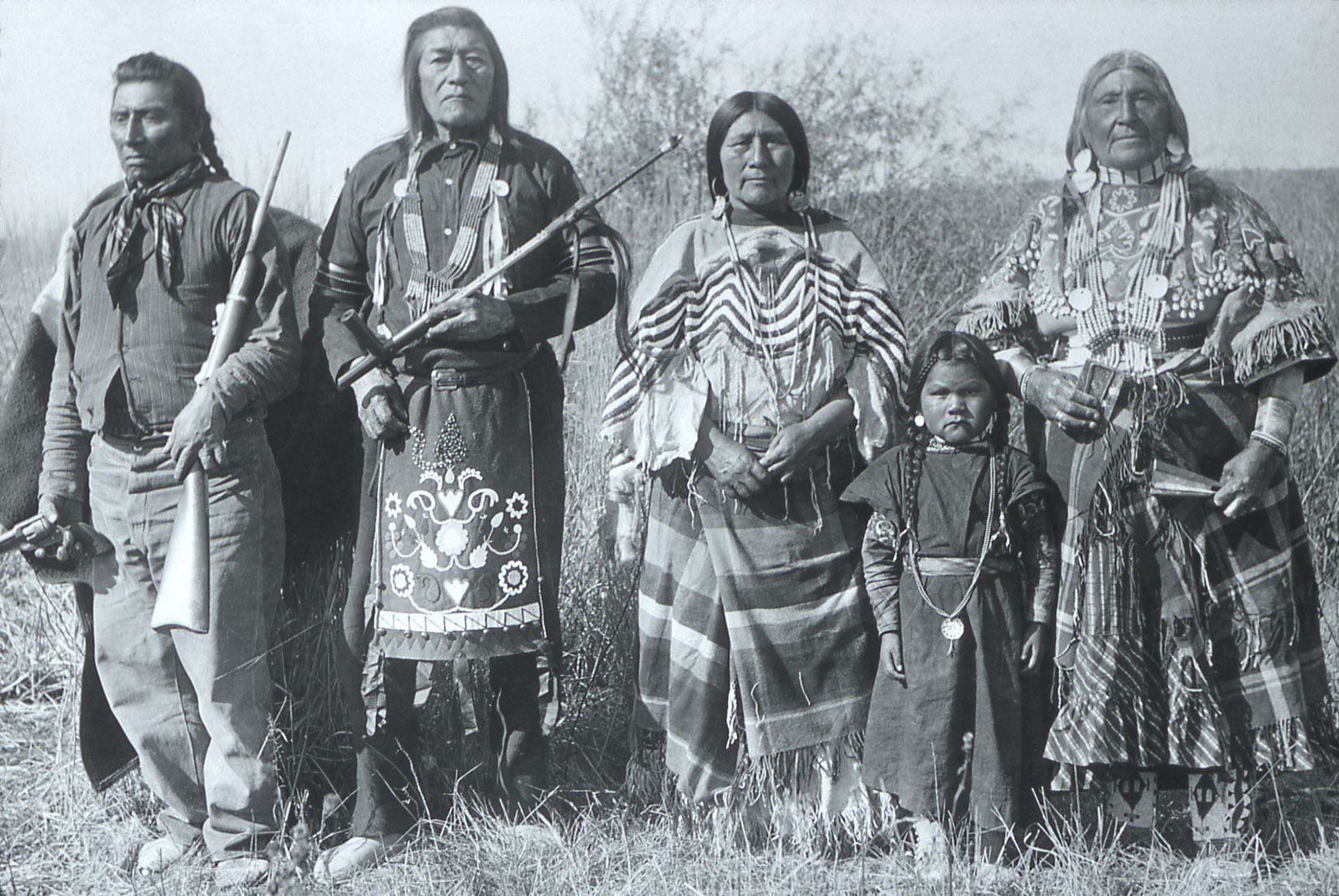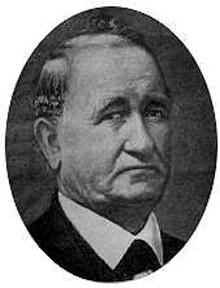|
Sally Young Kanosh
Sally Young Kanosh (originally known as Kahpeputz or Sally Indian) was a Bannock woman who was kidnapped from her home and sold by a slave-trader named Batiste to Charles Decker, Brigham Young's brother-in-law. She converted to Mormonism and worked in Brigham Young's house as either an indentured servant, adoptive daughter or plural wife. She married Ute chief Kanosh as a plural wife. There is some evidence that she might have been killed by another wife of Kanosh who was jealous of her. In 1906, Susa Young Gates wrote about Sally, who portrayed Young's relationship with Sally as the ideal relationship between whites and Native Americans, which helped put Sally into the collective memory of second generation Mormons in Utah. Purchase In 1847, Kahpeputz was kidnapped and tortured when she was around seven years old. There are indications that she might have been the daughter of a chief. Her kidnappers cut her body with knives and poured hot ashes on her wounds. A slave trader ... [...More Info...] [...Related Items...] OR: [Wikipedia] [Google] [Baidu] |
Bannock People
The Bannock tribe were originally Northern Paiute but are more culturally affiliated with the Northern Shoshone. They are in the Great Basin classification of Indigenous People. Their traditional lands include northern Nevada, southeastern Oregon, southern Idaho, and western Wyoming. Today they are enrolled in the federally recognized Shoshone-Bannock Tribes of the Fort Hall Reservation of Idaho, located on the Fort Hall Indian Reservation. History The Northern Paiute have a history of trade with surrounding tribes. In the 1700s, the bands in eastern Oregon traded with the tribes to the north, who by 1730 had acquired the horse. In the mid-18th century, some bands developed a horse culture and split off to become the Bannock tribe. The horse gave the tribe a greater range, from Oregon to northern Nevada, southern Idaho, and western Wyoming. They forayed from there on the Bannock Trail to Montana and Canada to hunt buffalo. The Bannock have traditionally made pottery, utensi ... [...More Info...] [...Related Items...] OR: [Wikipedia] [Google] [Baidu] |
Dimick Huntington
Dimick Baker Huntington (May 26, 1808 – February 1, 1879) was a leading Indian interpreter in early Utah Territory. He commissioned a 22-foot-long missionary panorama of C. C. A. Christensen to use in his presentations of the gospel to the Native Americans in 1871. That missionary panorama is housed in the Church History Museum of the Church of Jesus Christ of Latter-day Saints. Biography Huntington was the son of William and Zina Baker Huntington. He was born at Watertown, Jefferson County, New York. Huntington married Fanny Marie Allen on April 28, 1830, they eventually had seven children. Huntington was baptized into the Church of the Latter Day Saints on August 1, 1835, the same year as his parents. Huntington first enters the annals of Mormon history as the first to see Joseph Smith land in Illinois after his escape from jail in Missouri. Huntington also took Smith the four miles distance to the house where Emma Smith was staying. In March 1841, Huntington was appo ... [...More Info...] [...Related Items...] OR: [Wikipedia] [Google] [Baidu] |
19th-century Native American Women
The 19th (nineteenth) century began on 1 January 1801 ( MDCCCI), and ended on 31 December 1900 ( MCM). The 19th century was the ninth century of the 2nd millennium. The 19th century was characterized by vast social upheaval. Slavery was abolished in much of Europe and the Americas. The First Industrial Revolution, though it began in the late 18th century, expanding beyond its British homeland for the first time during this century, particularly remaking the economies and societies of the Low Countries, the Rhineland, Northern Italy, and the Northeastern United States. A few decades later, the Second Industrial Revolution led to ever more massive urbanization and much higher levels of productivity, profit, and prosperity, a pattern that continued into the 20th century. The Islamic gunpowder empires fell into decline and European imperialism brought much of South Asia, Southeast Asia, and almost all of Africa under colonial rule. It was also marked by the collapse of the large S ... [...More Info...] [...Related Items...] OR: [Wikipedia] [Google] [Baidu] |
Slavery Of Native Americans
Slavery and enslavement are both the state and the condition of being a slave—someone forbidden to quit one's service for an enslaver, and who is treated by the enslaver as property. Slavery typically involves slaves being made to perform some form of work while also having their location or residence dictated by the enslaver. Many historical cases of enslavement occurred as a result of breaking the law, becoming indebted, or suffering a military defeat; other forms of slavery were instituted along demographic lines such as race. Slaves may be kept in bondage for life or for a fixed period of time, after which they would be granted freedom. Although slavery is usually involuntary and involves coercion, there are also cases where people voluntarily enter into slavery to pay a debt or earn money due to poverty. In the course of human history, slavery was a typical feature of civilization, and was legal in most societies, but it is now outlawed in most countries of the wo ... [...More Info...] [...Related Items...] OR: [Wikipedia] [Google] [Baidu] |
.jpg)



